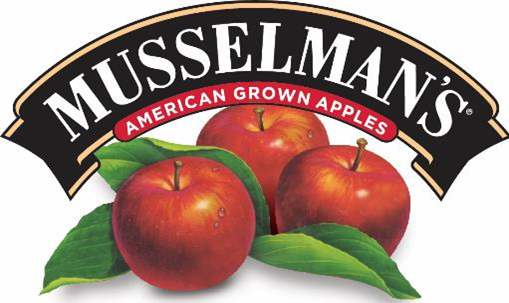Just like a person, a running shoe has various parts that work together to make a fully functioning mechanism. Essentially a shoe is split into three parts; the Upper, Midsole, and Outsole.
The Upper’s function is to hold the foot in place and to protect the foot from debris, injury, water, dirt, etc. The upper is made up of other parts including the toe-box (the front half of the shoe that covers the toes), the tongue and lacing system, and the heel cup. The upper is typically a mix of leather or synthetic materials and includes some sort of mesh over-lay for ventilation purposes.
The Midsole is the part of the shoe that separates the rubber sole of the shoe and the upper. The Midsole is the most important part of the shoe and is made up of one or a combination of the following components varying by function of the shoe (cushioning, stability, combination, etc.):
- EVA- Lightweight foam-based cushioning- typically in light weight or minimalist training shoes
- Dual Density EVA- Foam based cushioning like EVA, but there can be varying densities within the midsole. Typically a shoe with Dual-density has a section of the shoe that feels more dense and is generally a different color than the rest of the midsole. This more dense section is usually under the arch or mid-foot
- Polyurethane- More durable/stable material than EVA, and typically shows up in shoes that are labeled ‘Stability’ shoes. Polyurethane is heavier than EVA and can also be used in conjunction with EVA.
The Outsole of the shoe is the sole of the shoe. The outsole contains the tread, which varies based upon the type of shoe (trail, track/racing shoe, training, road shoes). The outsole’s primary function is for protection from surfaces and to prolong the life of the midsole. The outsole is generally made up of one of two materials, carbon rubber or blown rubber.
- Carbon Rubber is the same material that is used to make car tires. It is the most durable but has added weight as a by-product. Carbon rubber is commonly used in trail and road training shoes.
- Blown Rubber is a much lighter, more flexible material that provides an extra level of cushioning. Blown Rubber’s major disadvantage is that it is not nearly as durable as Carbon Rubber.
When selecting a shoe, make sure that you are asking questions about all of the components of the shoe based on what activities you are using the shoe for. Hike or run a lot of trails? Look for a heavier shoe with a larger tread and carbon rubber sole. Looking for a shoe to train for Healthy Kids Races? Check out a lighter shoe with more cushioning and a little more mesh in the upper to allow for more breathability and comfort.
Don’t be afraid to ask questions and try on a variety to find out what is best for you and #getupandgo !






